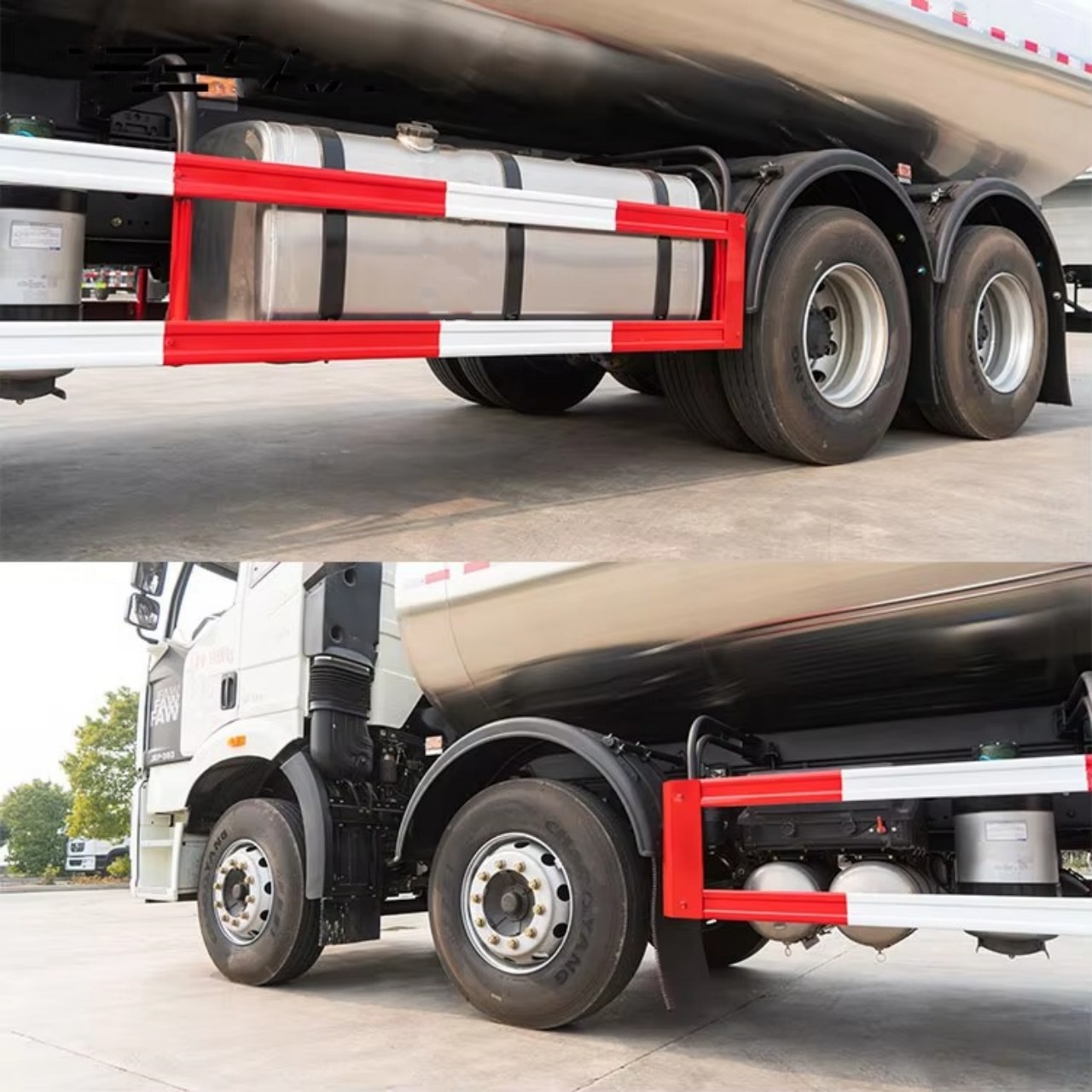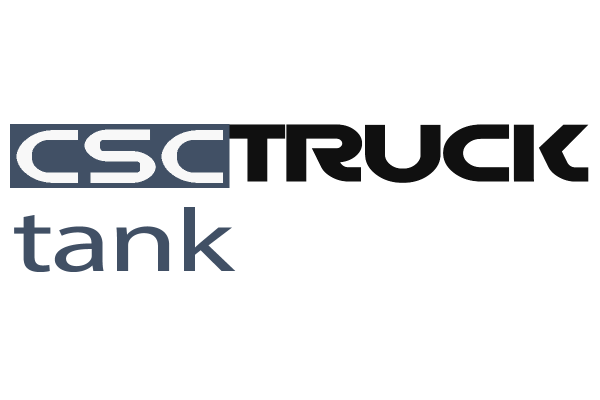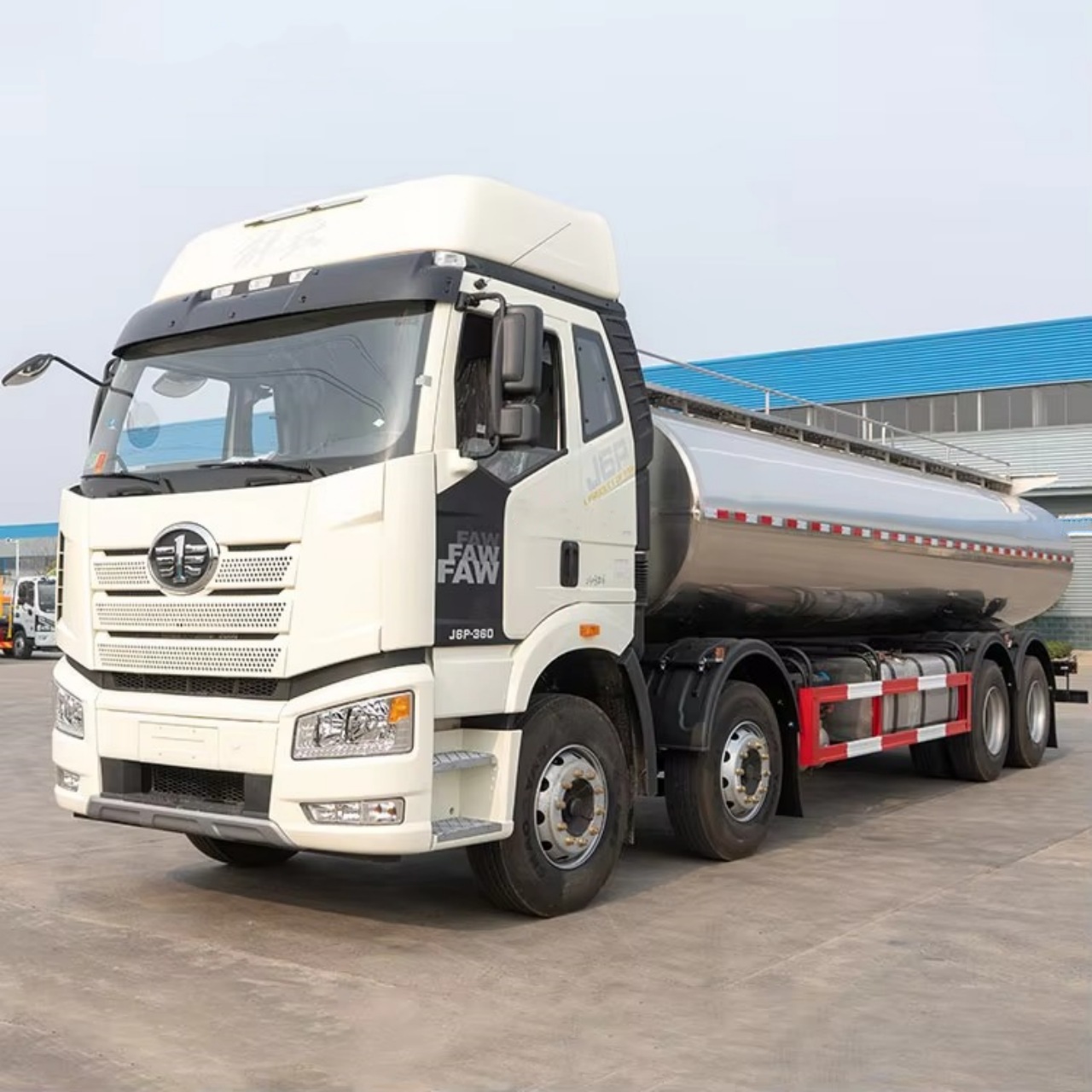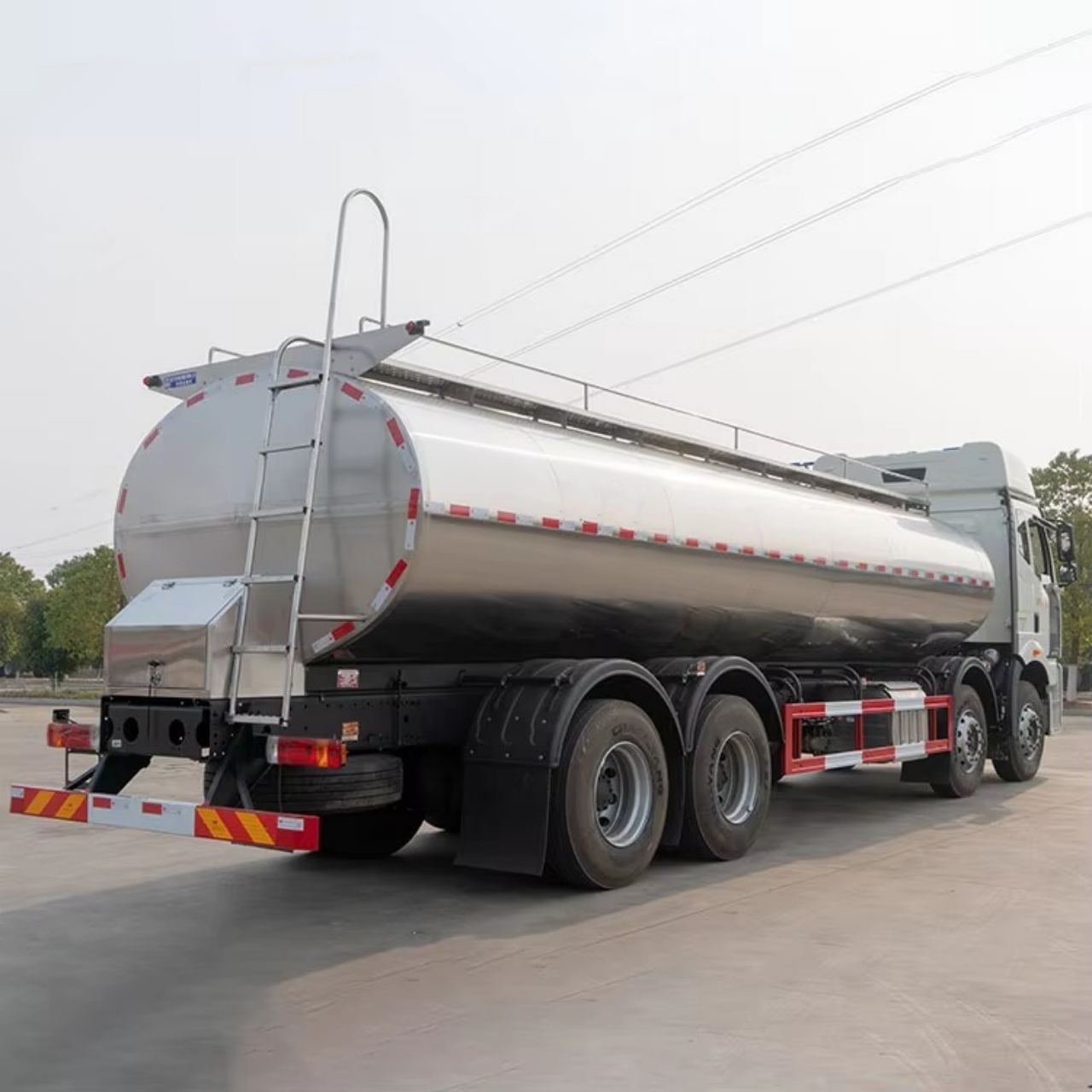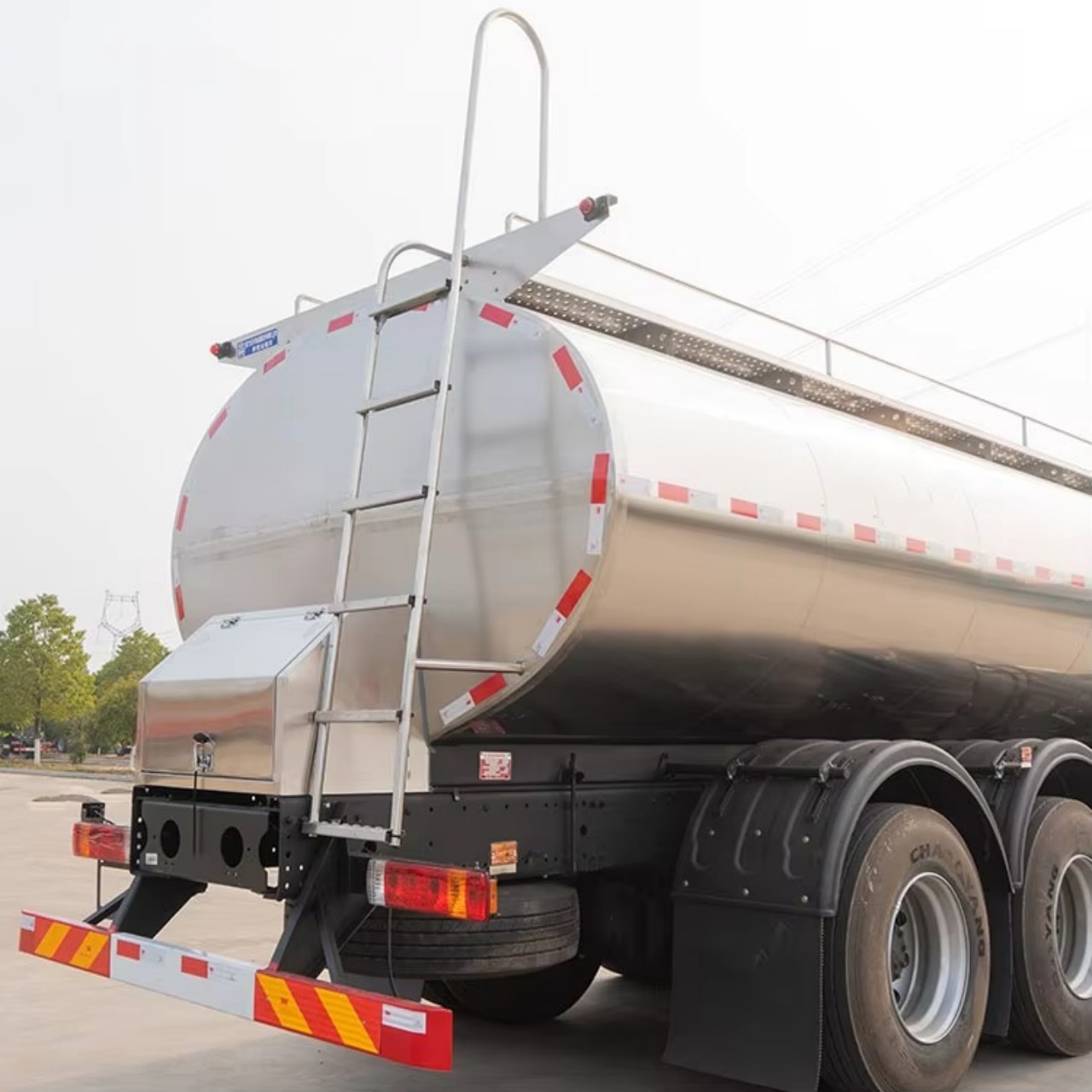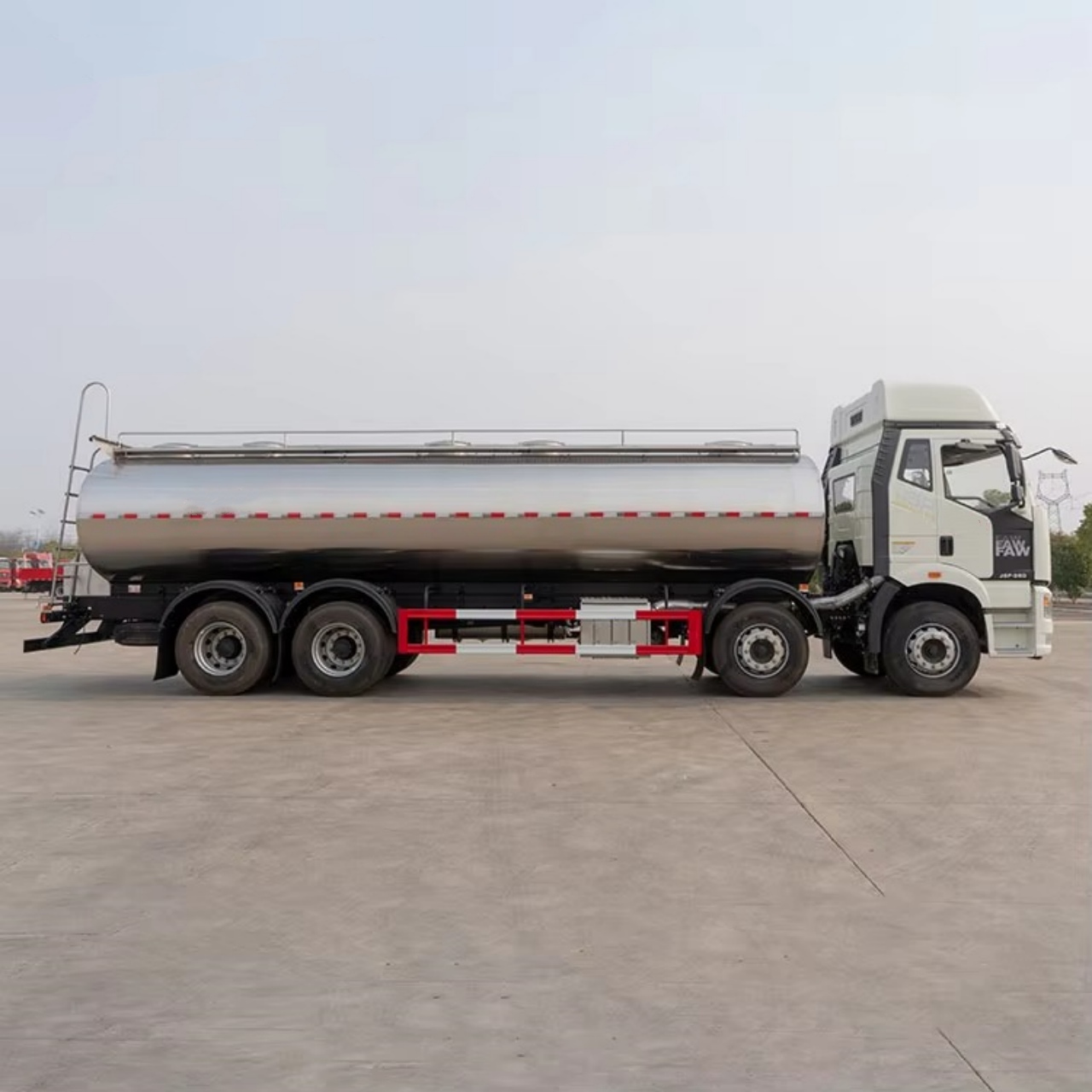Milk lorries, also known as milk tankers, play a crucial role in the dairy industry, transporting large volumes of raw milk from farms to processing plants across the globe. One of the most common questions about these specialized vehicles is: How many litres are in a milk lorry? While the answer may vary depending on the vehicle’s size, configuration, and purpose, this article will explore the key factors that determine a milk lorry’s capacity, the standard sizes used across the industry, and the importance of their design and functionality in maintaining milk quality during transport.
Understanding Milk Lorry Capacities
The capacity of a milk lorry is usually measured in litres, reflecting the volume of milk it can carry. On average, milk lorries range in capacity from 10,000 litres to 30,000 litres, though some specialized models may hold slightly less or more depending on their design and the regulations in the region where they operate.
The exact number of litres in a milk lorry depends on several factors:
- Vehicle Type (Rigid vs. Articulated)
- Number of Compartments
- Gross Vehicle Weight Limit (GVW)
- Regional Road and Transportation Regulations
Types of Milk Lorries and Their Capacities
Rigid Milk Tankers
Rigid milk tankers are single-unit vehicles where the cab and the tank are on the same chassis. These are typically used for farm collection routes, where roads are narrower or less developed. The typical capacity of a rigid milk tanker ranges between 10,000 and 16,000 litres.
- Example: A 3-axle rigid milk tanker might carry about 13,000 litres, ideal for collecting milk from multiple smaller farms before transferring the load to a larger vehicle.
Articulated Milk Tankers (Semi-Trailers)
Articulated milk lorries consist of a tractor unit and a detachable trailer. These are designed for long-distance transport between collection depots and processing plants. Their larger size allows for greater capacity, typically ranging from 24,000 to 30,000 litres.
- Example: A standard articulated milk tanker in Europe might carry 27,000 litres, divided into multiple compartments to allow separate milk lots or prevent movement during transport.
Compartmentalization of Milk Tankers
Many milk tankers have multiple compartments, usually 2 to 4, each with separate access and drainage. This feature serves several purposes:
- Segregation: Different grades or sources of milk can be kept separate.
- Stability: Smaller compartments reduce the free surface effect, improving vehicle stability.
- Efficiency: Milk from different farms can be picked up and delivered in a single journey.
For instance, a 28,000-litre tanker may be divided into 3 compartments of approximately 9,300 litres each, or 4 compartments of around 7,000 litres, depending on design needs.
Importance of Insulation and Hygiene
The design of milk lorries prioritizes hygiene and temperature control. Milk is a highly perishable commodity and must be kept at temperatures between 2°C and 4°C during transport. To achieve this:
- Stainless steel tanks are used for their durability and ease of cleaning.
- Double-walled tanks with insulation (usually using polyurethane foam or similar materials) prevent temperature rise.
- Automated cleaning systems (CIP – Clean in Place) help maintain sanitation between loads.
Though milk tankers are insulated, they do not typically refrigerate milk actively. Instead, they rely on the initial chilling at the farm and the insulation during transit to keep the milk cold until it reaches the dairy.
Weight Considerations and Legal Limits
While tankers may be designed to carry 30,000 litres, legal weight limits often impose restrictions. In the UK and EU, the gross vehicle weight (GVW) limit for articulated lorries is usually 44 tonnes, including the vehicle’s weight.
Milk has a density of about 1.03 kg per litre, so:
- 30,000 litres of milk = 30,900 kg (approximately 30.9 tonnes)
- Add the weight of the truck and trailer (typically around 13 tonnes)
- Total GVW = ~43.9 tonnes, just under the legal limit
This calculation shows how closely milk tanker capacities are optimized to legal transport limits, ensuring full loads without exceeding weight restrictions.
International Variations
United Kingdom and Europe
In the UK, the most common milk lorries are articulated tankers carrying around 27,000 litres. Some rigid tankers on country routes may carry 13,000 to 16,000 litres.
United States
In the U.S., milk tankers often carry more due to different road regulations. A full-size milk tanker may carry 6,000 to 8,000 gallons, which converts to 22,700 to 30,000 litres. U.S. tankers often operate on longer routes and wider roads.
Australia and New Zealand
Countries with large rural expanses often use road trains or B-double tankers. Capacities can exceed 40,000 litres across multiple trailers, especially in Australia’s outback routes.
Milk Collection Logistics
Milk lorries are not just transport vehicles—they are part of a finely tuned logistical network that balances time, temperature, and hygiene. Here’s a typical collection process:
- Arrival at Farm – The driver checks the milk tank for temperature and odor.
- Sampling – A small sample is taken for laboratory analysis.
- Pumping – Milk is pumped into the lorry using sanitized hoses.
- Recording – Volume, quality data, and source are logged digitally.
- Transport – The milk is transported to a processing plant or depot.
- Unloading – Upon arrival, milk is discharged into silos for pasteurization or further processing.
Technological Advances in Milk Transport
Modern milk lorries are increasingly equipped with:
- GPS tracking systems to monitor route and timing.
- Digital volume meters for precise recording.
- Automated sampling systems for traceability.
- Remote temperature monitoring to ensure cold chain compliance.
These innovations help dairies comply with food safety regulations and maintain high standards in milk quality.
Conclusion
So, how many litres are in a milk lorry? The answer varies, but most milk lorries carry between 10,000 and 30,000 litres, with articulated tankers commonly holding around 27,000 litres. Factors like vehicle type, regional laws, road conditions, and logistical needs determine the specific capacity.
More than just big tanks on wheels, milk lorries are sophisticated vehicles engineered to safeguard a vital, sensitive product. Their size, design, and operation are all tailored to ensure that milk gets from farm to processor as safely and efficiently as possible—fresh, cold, and ready to become the dairy products we all enjoy.
